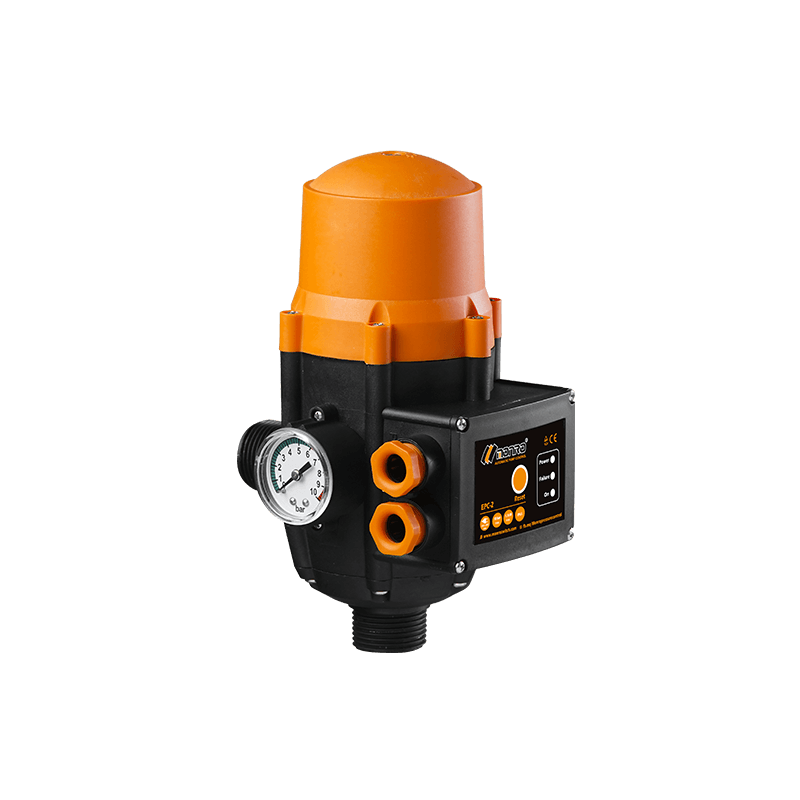Don't hesitate to send a message
Web Menu
Product Search
Exit Menu
Investigating Whether Pressure Switch Factory Designs Offer Reliable Waterproof and Dustproof Protection Ratings
Environmental Challenges Faced by Pressure Switches
Pressure switches are often installed in environments where moisture, dust, oil, and other contaminants are common. These conditions can significantly affect the functionality and longevity of the device. To ensure durability and consistent performance, it is essential for products developed by a reliable Pressure Switch Factory to include proper environmental protection.
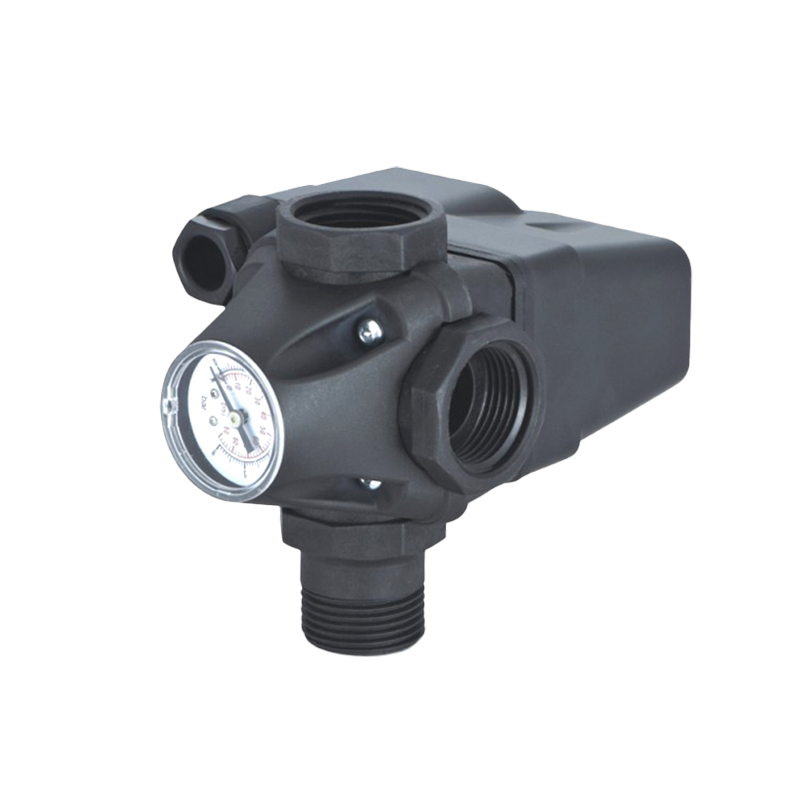
The Importance of IP Ratings
Ingress Protection (IP) ratings are international standards used to define how well an electrical enclosure can resist dust and water. For pressure switches, a higher IP rating means better protection against contaminants entering the device and damaging internal components. Many advanced models manufactured by a specialized Pressure Switch Factory come with IP65, IP66, or even IP67 ratings, making them suitable for industrial, outdoor, and washdown environments.
Waterproof Capabilities for Harsh Conditions
Water exposure, whether from rain, steam, or cleaning processes, can quickly degrade electronics if not properly sealed. Pressure switches with waterproof designs are built using sealed housings, protective gaskets, and corrosion-resistant materials. A Pressure Switch Factory focused on quality will often produce units with waterproof features that allow them to function reliably in marine applications, food processing plants, and other wet environments.
Dust Protection for High-Particle Areas
Dust is another common hazard, especially in mining, cement manufacturing, and agricultural sectors. A pressure switch with a strong IP dust rating ensures that fine particles do not enter the housing and interfere with its internal mechanisms. Devices with IP6X ratings are completely dust-tight, indicating that the Pressure Switch Factory has designed them for long-term use in highly contaminated locations.
Material and Construction Considerations
To achieve high dustproof and waterproof ratings, pressure switches must be manufactured using robust materials such as stainless steel or impact-resistant polymers. Additionally, factory design standards must include tightly sealed cable glands, protective covers, and double O-rings for enhanced enclosure integrity. Reputable Pressure Switch Factory facilities follow strict production guidelines to ensure these elements are consistently incorporated.
Industries That Demand High Protection Ratings
Many industries require pressure switches to operate in rugged or sanitary conditions. For instance, in the chemical industry, exposure to aggressive cleaning agents and vapors demands high resistance to both water and corrosives. In food and beverage production, pressure switches are frequently exposed to high-pressure washdowns, which require IP67 or even IP69K ratings. A capable Pressure Switch Factory typically offers a range of models specifically engineered for these sectors.
Certifications and Compliance
Besides IP ratings, a trustworthy Pressure Switch Factory will ensure that its products meet international safety and environmental standards such as CE, RoHS, or UL. These certifications often include rigorous testing for dust and water resistance, providing buyers with confidence in the device’s durability and suitability for demanding environments.
Conclusion
Waterproof and dustproof designs are crucial for ensuring that pressure switches perform reliably under adverse environmental conditions. A dependable Pressure Switch Factory typically integrates high IP-rated protection into its products, offering robust performance across a wide range of applications. Understanding these protection levels helps users select the right switch for their specific operational environment, reducing downtime and extending product life.
-
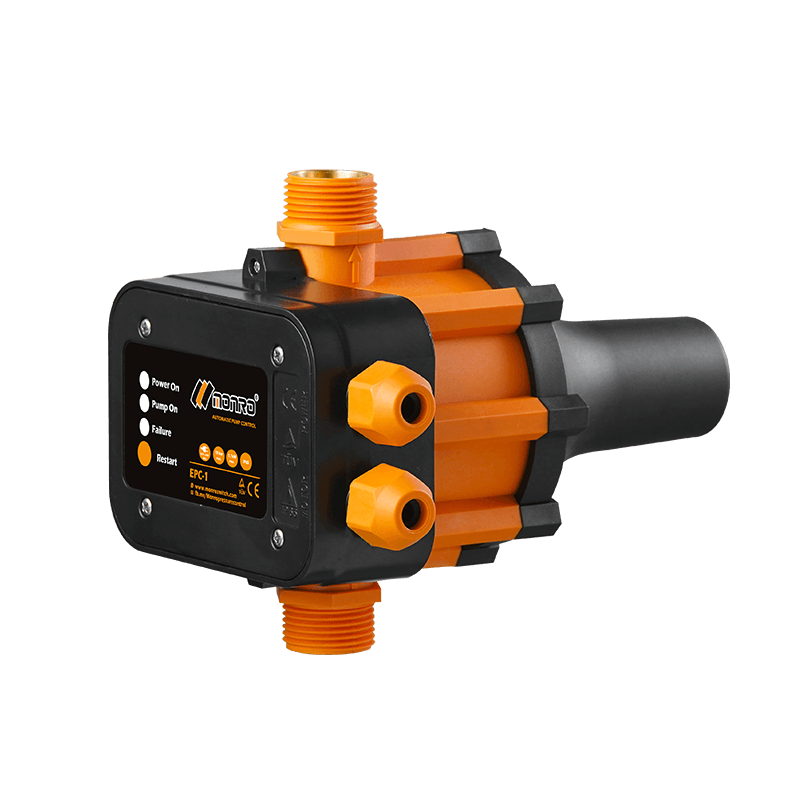 EPC-1
EPC-1Monro EPC-1 model pump controller is the classic and basic type, was loved by user in the global mar...
-
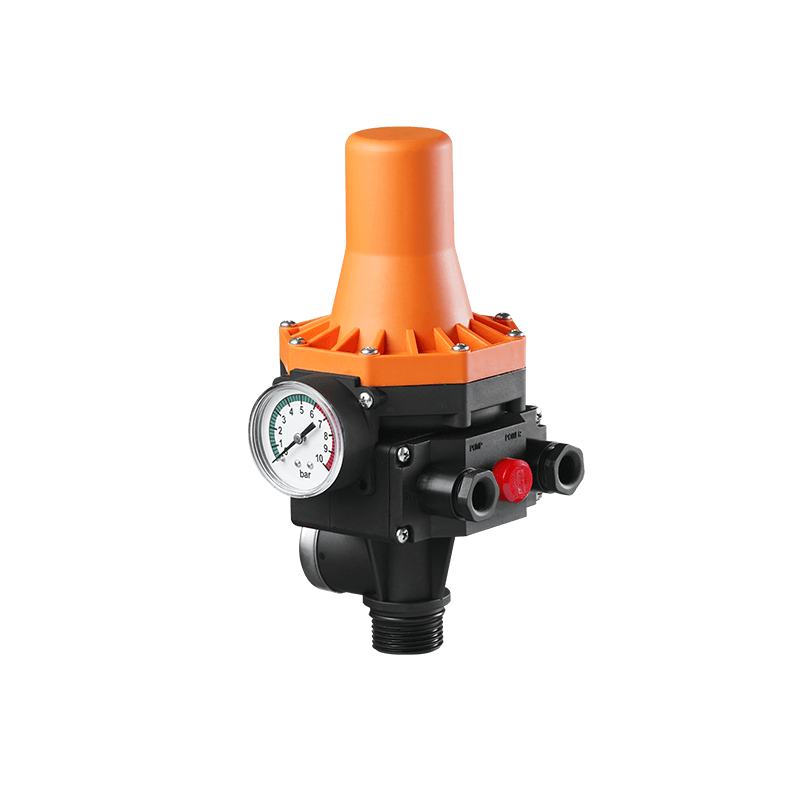 EPC-3
EPC-3Monro EPC-3 spain design auto on and off press control, an intelligent and economical system designe...
-
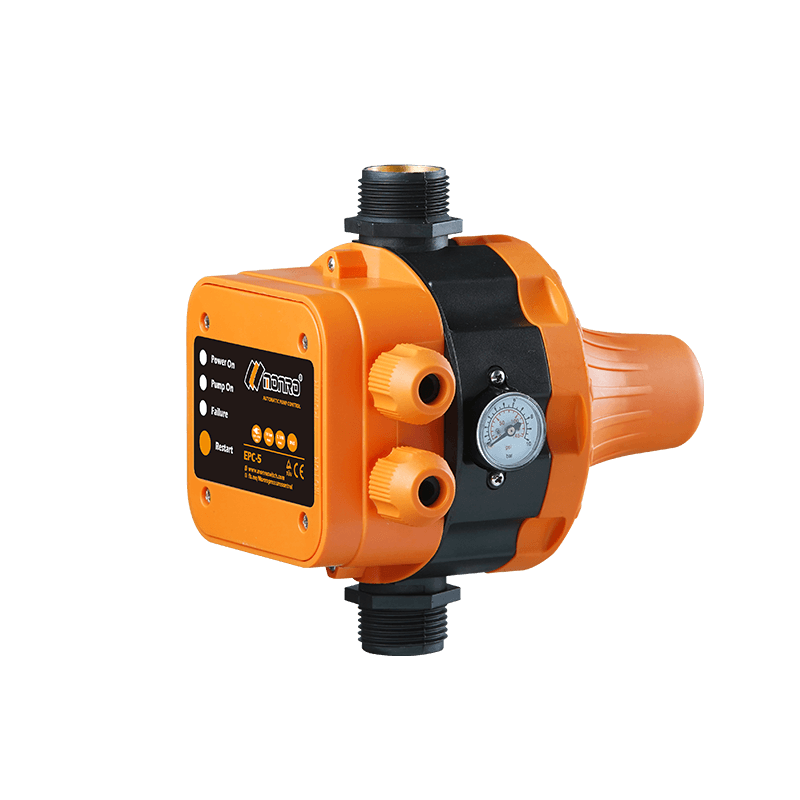 EPC-5
EPC-5Monro EPC-5 model automatic pump control, a device which assembled on the water pump (recommended si...
-
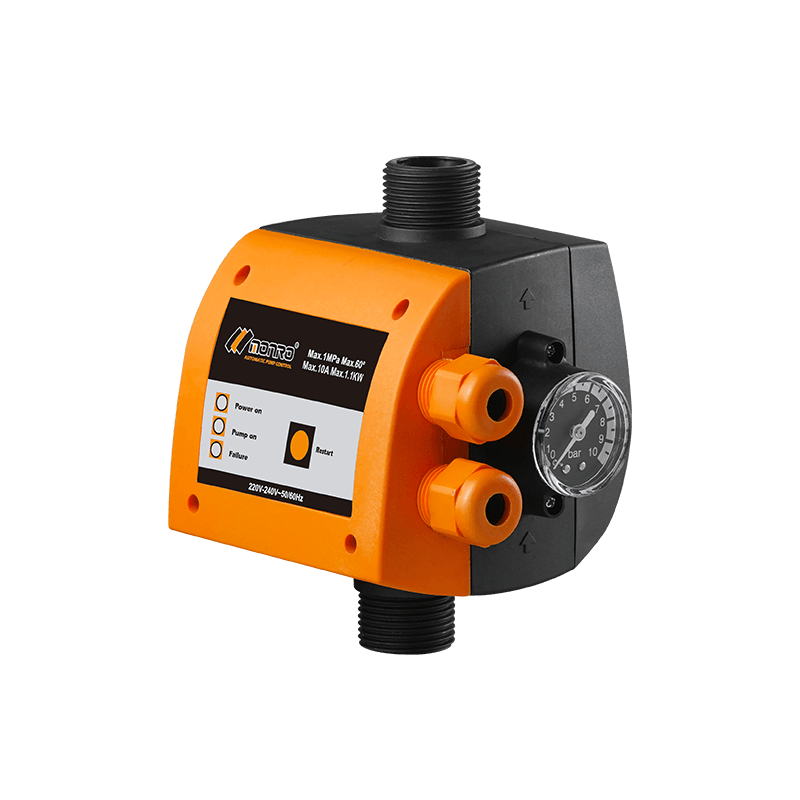 EPC-9
EPC-9Monro EPC-9 model pressure controller, is a big power device for automatic control and protection of...
-
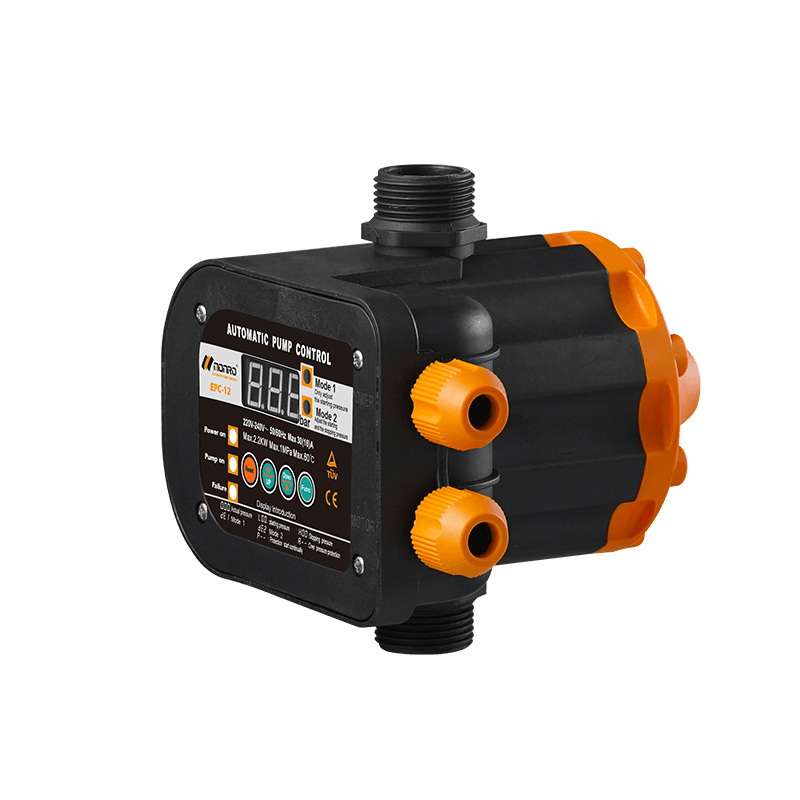 EPC-12
EPC-12Monro EPC-12 smart top-level automatic pump control is a multi-function model combined with traditio...
-
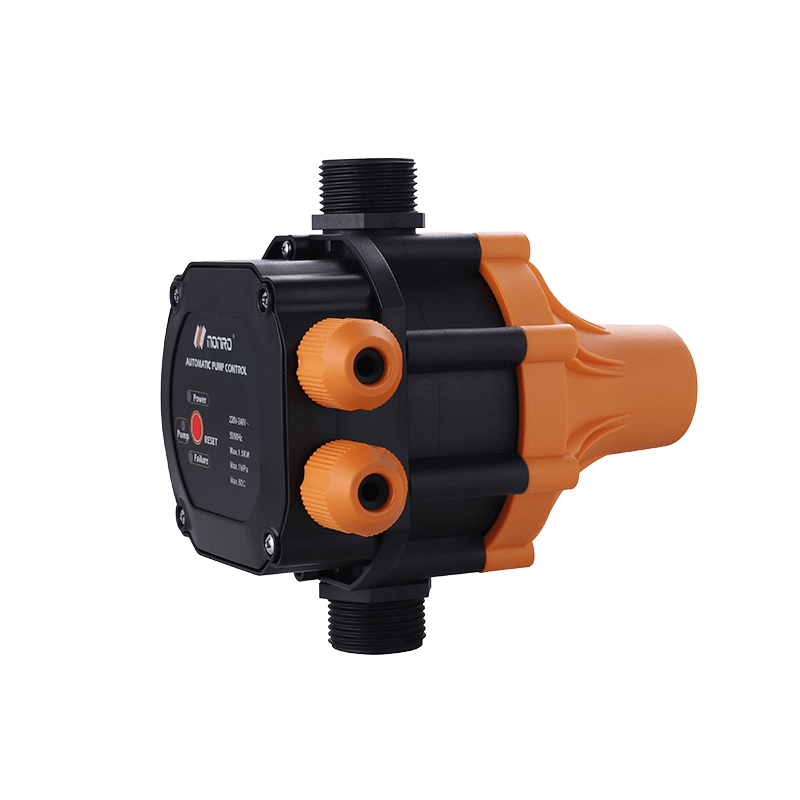 EPC-14
EPC-14Monro EPC-14 model pressure control is a big power device for automatic control and protection of el...
-
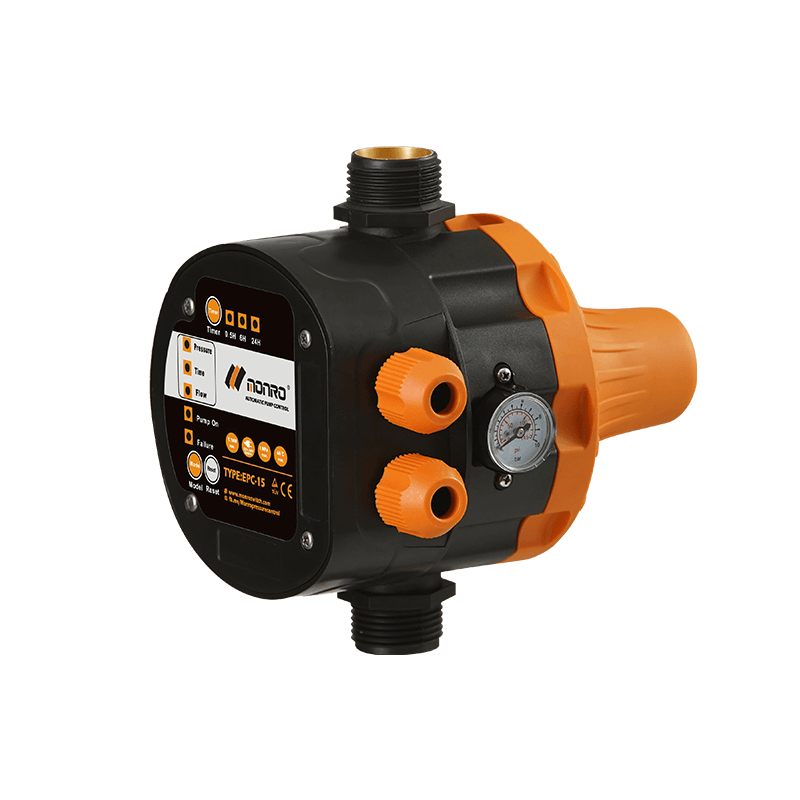 EPC-15
EPC-15Monro EPC-15 model automatic pump control, a device which assembled on the water pump (recommended s...
-
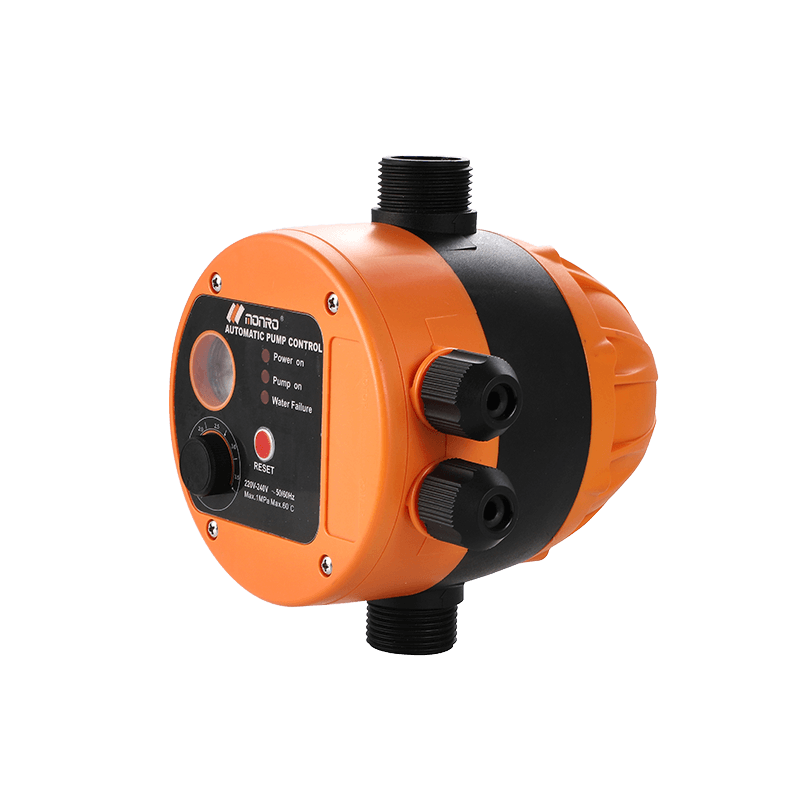 EPC-16
EPC-16EPC-16 is the new patent pump controller by Monro. Its key highlight is tooless (manual knob) start...
find our office
Committed to providing professional pressure control solutions for various types of water pumps and air compressors.

 简体中文
简体中文 English
English Español
Español